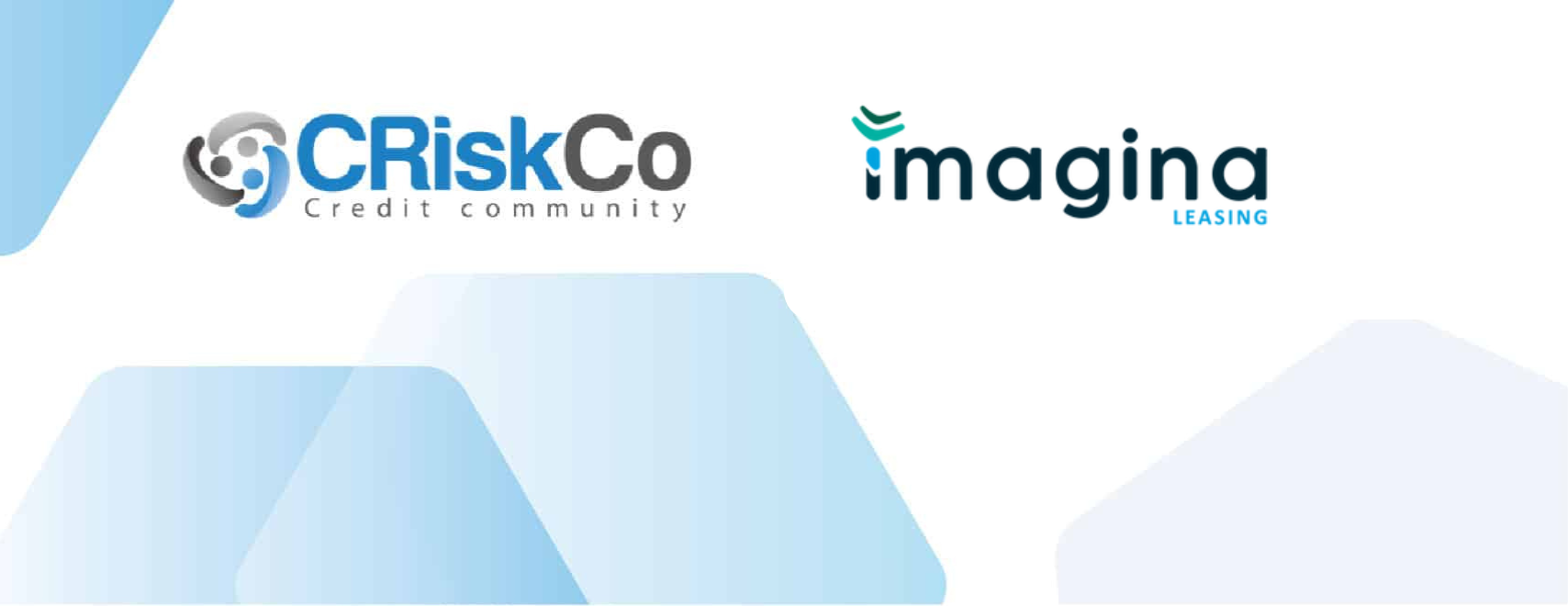- Blog
- Dec 07
AI-Enabled Data Extraction: Boost Productivity & Reduce Risk
In the financial sector, having access to a large amount of data in real time via data extraction, as well as the technology to filter and understand it, can be the difference between a project’s success and failure.
Organizations that have implemented Artificial Intelligence (AI) increased from 4% to 14% between 2018 and 2019, according to data from the consulting firm Gartner. This means, among other things, that AI is no longer a choice, but rather a necessity for becoming more productive and avoiding risks.
On the other hand, according to the Everis consulting firm, 65 percent of the 70 organizations that took part in a study believe that AI techniques are essential to implement to the activities of the business.
The prior data is combined with SAP’s prediction that businesses that implement AI into their business models will see a 35 percent rise in profitability by 2035. So, if it all points to profitability, why do it manually when AI can help you be more productive and minimize data extraction risks?

With AI, technology is on our side
It is evident that postponing a strong Big Data strategy – including AI – can be costly, as the benefits of AI, such as reduced data analysis time and greater outcomes, would be missed.
Postponing would also mean sacrificing the promise of increased efficiency and less risk, as AI gives more precision.
AI provides a significant advantage in the financial services industry because it allows machines to learn from experience (Machine Learning), adjust to new contributions, and perform tasks similar to humans, but with the added benefit of performing specific actions by processing large amounts of data and recognizing patterns in a shorter period of time.
Visible benefits
The foregoing is possible thanks to the components of data science, whose main goal is to extract useful knowledge from accessible data, an activity that is related to Machine Learning (ML), which focuses on the creation of algorithms to generate data patterns that contain the extracted knowledge.
The effort does not stop with integration and homogenization; it also comprises cleaning, organizing, and transforming data, which is commonly referred to as data preprocessing.
In the knowledge extraction process, cleaning removes erroneous data; selection removes data that does not contribute to improvement; and transformation performs actions that could improve the data in order to make learning more successful.
The previous activities dealt with processes that transform the original data into a new version that is easier to analyze, allowing you to be more efficient and reduce data extraction risks.
Isolated data or knowledge?
Although, before, everything was done manually and obtained positive results, why get involved in processes that require learning and investment? The answer is simple, due to the amount of data and information currently being handled and because the risks have multiplied.
According to the latest estimates, the amount of digital data created or replicated globally has multiplied by more than thirty in the last decade and it is expected that from 2020 to 2025, there will be an average annual growth of almost 40%.
This means that there is a “Big Bang” of the data in which for financial services, and among them the granting of credit, having a trusted ally such as CRiskCo would benefit them significantly.
Our APIs are integrated with any major accounting system and the SAT (The Mexican Tax Administration Service), extracting data and generating an automatic predictive analysis, allowing financial institutions to reduce costs, shorten the time it takes to evaluate a client’s credit, and improve accuracy.
Related Posts

Case Study: Imagina Leasing’s Improved Credit Decisions
Executive Summary Imagina Leasing, a leader in Mexico’s leasing industry, was on a mission to enhance the precision and security of its credit evaluations. Facing challenges in verifying financial documents and managing risks, they turned…
- Nov 14

Strengthen Risk Management with the New Financial Suppliers Tab
We’re thrilled to unveil an exciting update to our UI! Introducing the “Financial Suppliers” tab, now available on the company reports page and in the SAT information report. Know Your Competition and Past Financing Deals…
- Jul 29
Recent Posts
Subscribe
Join our newsletter and stay up to date!